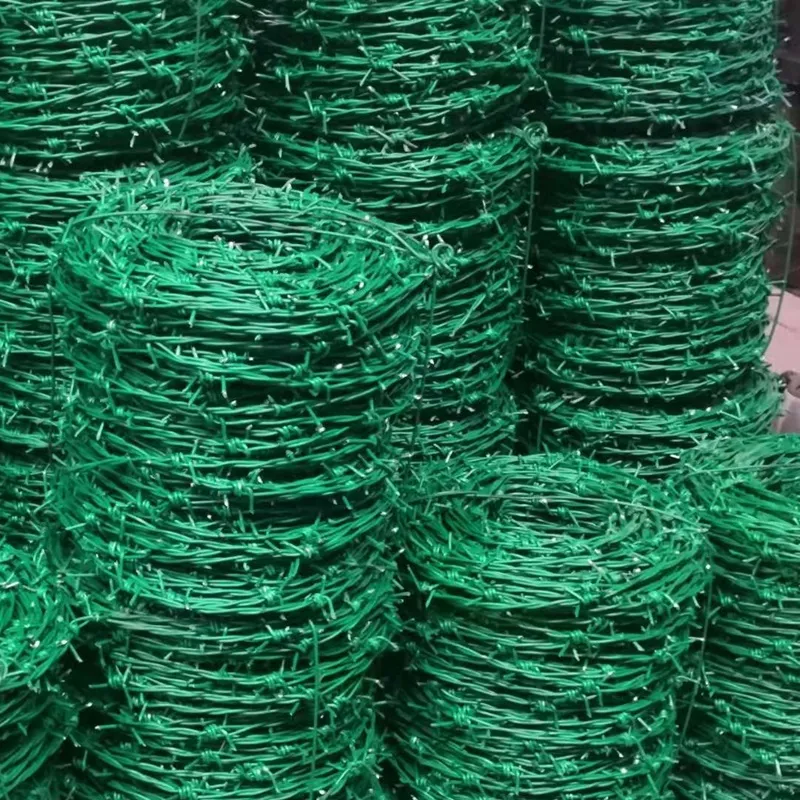Nov . 17, 2024 00:15 Back to list
ss expanded metal mesh
The Versatility of Expanded Metal Mesh A Comprehensive Overview
Expanded metal mesh is becoming increasingly popular in various industries due to its unique properties and wide range of applications. Made through a process of slitting and stretching a metal sheet, expanded metal mesh features a series of diamond-shaped openings that provide both strength and flexibility. This article explores the characteristics, benefits, and uses of expanded metal mesh, highlighting why it is an ideal choice for many projects.
Characteristics of Expanded Metal Mesh
One of the defining features of expanded metal mesh is its lightweight design. Despite being structurally strong, the mesh is much lighter than comparable solid materials, making it easier to handle and transport. The expanded nature of the mesh allows for superior airflow and drainage, making it an excellent choice for applications where ventilation is critical.
Additionally, expanded metal mesh displays superior durability. It is resistant to warping, cracking, and corrosion, especially when crafted from materials like stainless steel or galvanized steel. This durability makes it suitable for both indoor and outdoor environments, ensuring a long service life even under harsh conditions.
Benefits of Using Expanded Metal Mesh
The benefits of expanded metal mesh extend beyond its physical characteristics. One major advantage is its cost-effectiveness. Compared to solid metal sheets, expanded metal is more affordable, while providing the same strength-to-weight ratio. Its efficient production process allows for less waste during manufacturing, making it environmentally friendly as well.
Furthermore, the mesh offers versatility in design. It can be easily fabricated into various shapes and sizes, accommodating customized projects. This adaptability extends to finishes as well. Expanded metal can be coated with paint or powder for aesthetic purposes, improving its appearance while adding a layer of protection against the elements.
ss expanded metal mesh

Applications in Various Industries
The applications of expanded metal mesh are vast, spanning multiple industries. In construction, it is commonly used for safety barriers, walkways, and window guards. Its strength and lightweight nature make it perfect for architectural designs that require both support and aesthetic appeal.
In the transportation sector, expanded metal mesh is utilized in flooring for trucks and trailers, providing an anti-slip surface that enhances safety. It is also employed in the manufacturing of grating and platforms, catering to heavy machinery and equipment needs.
The food industry benefits from expanded metal mesh as well, particularly in the creation of conveyor belts and racks. The hygienic and easy-to-clean surface meets industry standards while allowing for the efficient movement of products. Moreover, its open structure promotes airflow, essential for cooling and drying processes.
In the fields of art and design, expanded metal mesh serves as a medium for creative expression. Artists and designers use it to create modern installations and features, leveraging its unique visual effects. Its ability to interact with light and shadow adds an intriguing dimension to artistic endeavors.
Conclusion
In conclusion, expanded metal mesh is a remarkable material that combines strength, durability, and versatility. Its lightweight design, cost-effectiveness, and range of applications make it a favored choice in numerous industries, from construction and transportation to food processing and art. As technology and design continue to evolve, the use of expanded metal mesh is likely to expand even further, cementing its place as an essential material in modern manufacturing and construction. Whether you are looking for a functional solution or an artistic medium, expanded metal mesh is undoubtedly worth considering.
-
Hop Dipped Galvanized/PVC Coated Temporary Fence - Anping County Xingzhi Metal Wiremesh Products Co., Ltd.|Temporary Fencing Solutions, Durable Security Products
NewsJul.30,2025
-
Hop Dipped Galvanized/PVC Coated Temporary Fence-Anping Xingzhi|Durability&Cost-Effective
NewsJul.30,2025
-
Hop-Dipped Galvanized PVC Fence - Anping Xingzhi | Durable, Quick Deployment
NewsJul.30,2025
-
Hop Dipped Galvanized/PVC Coated Temporary Fence - Anping County Xingzhi|Temporary Fencing, Durable Security, Customization
NewsJul.30,2025
-
Hop Dipped Galvanized PVC Coated Temporary Fences - Anping County Xingzhi|Durable Corrosion Resistance, Quick Installation
NewsJul.30,2025
-
Hop Dipped Galvanized / PVC Coated Temporary Fence - Anping County Xingzhi Metal Wiremesh Products Co., Ltd|Durable Temporary Fencing&Versatile Applications
NewsJul.30,2025



